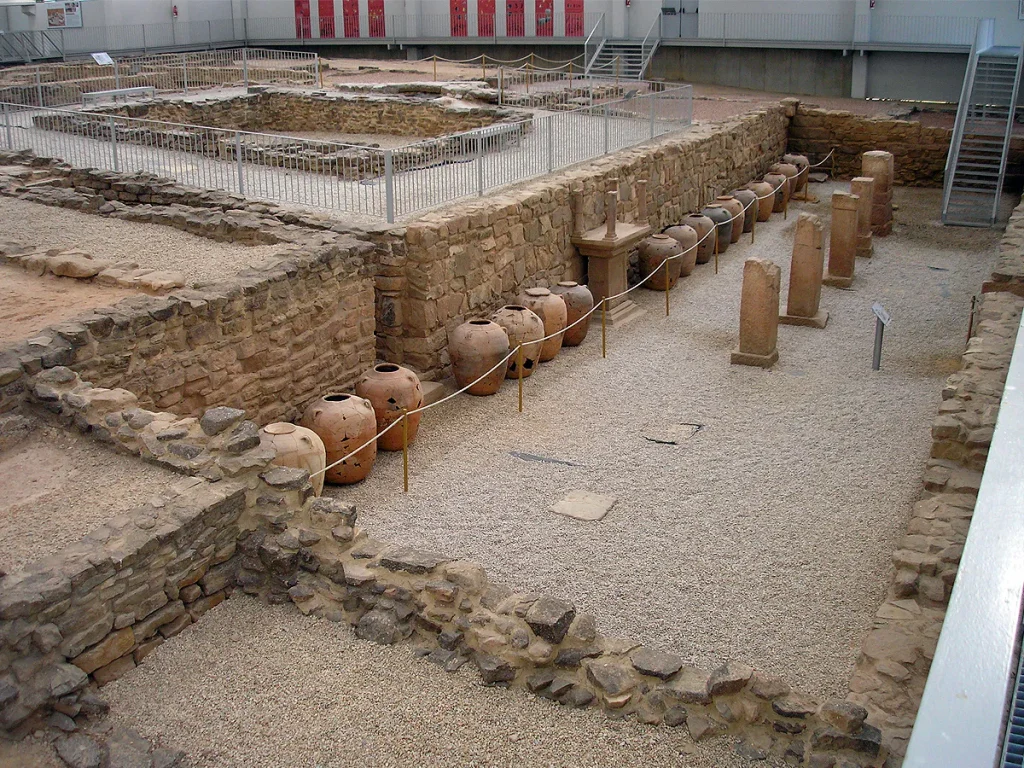Visiting the Roman Villa of Las Musas provides insight into the importance of agricultural exploitation during that era. According to contemporary agricultural treaties, the villa was strategically located on elevated ground to oversee all the crops easily.
The house served as the residence for its inhabitants and also functioned as a storage facility for tools, a granary for harvests, a stable for animals, and a significant portion was dedicated to wine production.
Archaeological evidence of the site dates back to the late 19th century, although current excavations began in 1988. Some of the mosaics discovered at the site are preserved and displayed in the National Archaeological Museum of Spain, and the archaeological site has been turned into a museum that has been open to the public since 2008.










